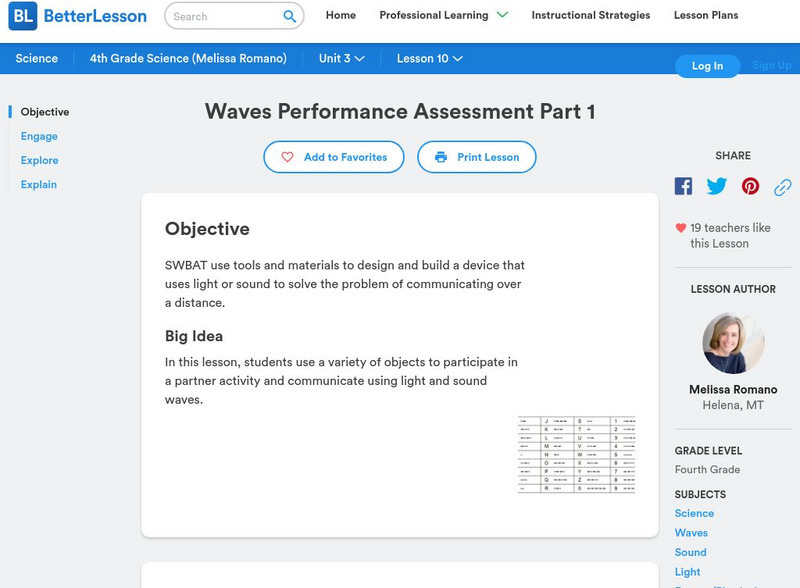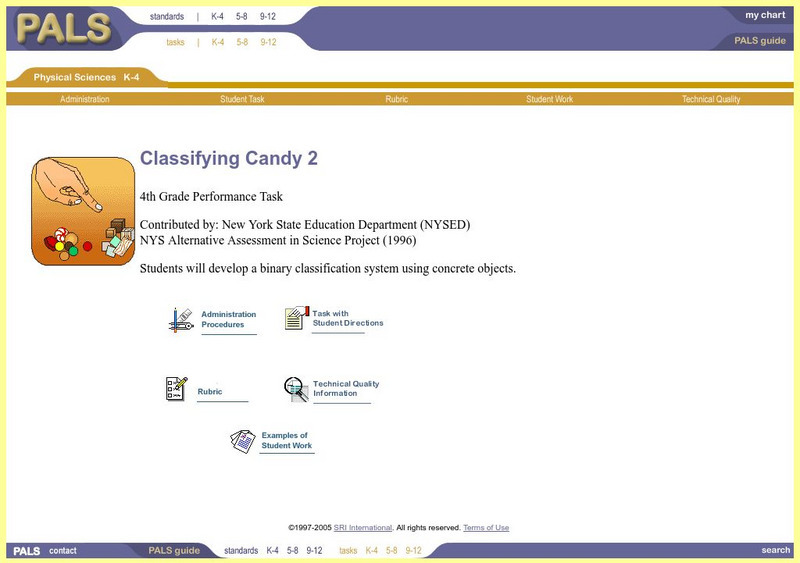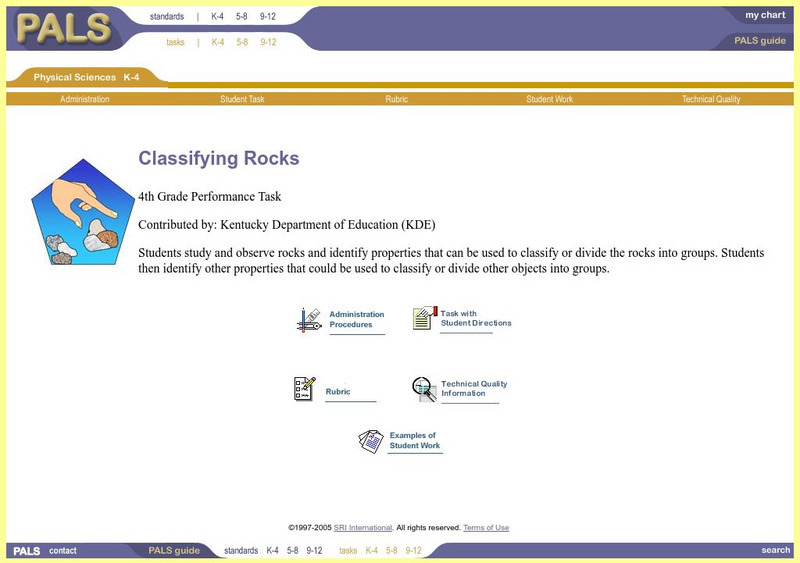Curated OER
Using and Paying for Electricity: Talking About Your Bill
Students practice using vocabulary associated with an electric bill. They conjugate verbs into the different tenses. They participate in a role-play in which they practice pronouncing the words.
Curated OER
Circuit City
Fifth graders are introduced to the concept of circuits and how electricity works. In groups, they design their own subdivision with houses in which they have inside and outside light sources. To end the lesson, they make the circuits...
Curated OER
Bioethics: Debates in the Science Classroom
Students defend one side of a genetics ethics argument. They pull together a portfolio of human genetics and decision making skills. Students are allowed to prove what he/she has learned and express a personal opinion. They also are...
Curated OER
Secret Message
Students use the characteristic of a chemical reaction to write a secret letter. In this chemical reaction lesson plan, students will use common house hold products including iodine, lemon, and notebook paper to produce a chemical...
Curated OER
Chemical Reactions With Vinegar
Second graders observe chemical reactions. In this scientific inquiry lesson plan, 2nd graders determine whether vinegar creates a chemical reaction by observing two different experiments. A list of 7 supplies is included. In addition,...
Curated OER
Percentages: Converting Fractions and Decimals to Percents
Students calculate percentages. In this percentages lesson, students count the total number of floor tiles covering a given space, measure a designated section of the room, and then calculate the percentage of the room this area covers.
Curated OER
Addition and Subtraction of Signed Numbers
Students explore the concept of adding and subtracting using positive and negative numbers. In this addition and subtraction of signed numbers lesson, students use pennies to represent positive and negative numbers. Students deposit and...
Curated OER
Mass vs. Weight
Students make generalizations about weight and mass by engaging in two hands-on experiments. In this weight and mass lesson, students weigh both an empty beaker and beakers with various amounts of weight inside of them in order to find...
Curated OER
About Magnets
Second graders conduct simple experiments , observe and explain what they discovered. In this simple experiments lesson students design a magnet and make a compass.
Curated OER
Batteries and Bulbs
Students examine the uses of batteries and bulbs and explain the differences between series and parallel circuits. In this circuits lesson students complete a lab activity.
Curated OER
Thermal Energy Transfer - Conduction
Young scholars examine how heat passes through a pane glass window. In this energy transfer lesson students complete a lab activity.
Curated OER
Newton's Second Law of Motion
Sixth graders study Newton's second law of motion and verify it. For this force and motion lesson students complete a lab activity and collect data, analyze it and graph it.
Curated OER
Simple Machines make work easier.
Students examine how simple machine work can make work easier. In this machines instructional activity students complete an activity that shows them what makes up a machine, and how to measure displacement and velocity.
Curated OER
The Effects of Solar Energy
Students examine how solar energy is absorbed and used. In this solar energy lesson plan students complete several activities that allow them to better understand solar energy.
Curated OER
View Tube Triangulation
Students investigate a particular object then calculate to find the class average and standard deviation. In this measuring distance lesson students list their calculations on a piece of paper.
Other
Measured Progress: Performance Assessment Making a Comeback in Schools [Pdf]
Understand the importance of performance assessment in your classroom. It might take more time and effort, its advocates say-but when done right, it can lead to a deeper analysis of students' skills.
Other
Pare: Developing Classroom Performance Assessment
Check out this informative article featuring information on recommendations for developing classroom performance assessments and scoring rubrics. Teachers will find this article extremely informative.
Other
Pare: Implementing Performance Assessment in the Classroom
Discover more about implementing performance assessment in your classroom when you visit this site. Teachers will find this information useful in their development of assessments in the classroom.
Michigan Department of Education
Central Michigan University: 3 D Science Performance Assessment Tasks
In this well-developed lesson plan, students will develop a model of a wind turbine and present their models to the group. The students will further construct an explanation of the design to support that energy is transferred and...
Better Lesson
Better Lesson: Waves Performance Assessment Part 2
Learners will use tools and materials to design and build a device that uses light or sound to solve the problem of communicating over a distance. Resources included are videos of the lesson plan in action, a student worksheet, and an...
Better Lesson
Better Lesson: Waves Performance Assessment Part 1
Students will use a variety of objects to participate in a partner activity and communicate using light and sound waves. Resources include a video, pictures and videos of the lesson in action, and examples of student work.
SRI International
Performance Assessment Links in Science: Classifying Candy 2 (Lesson)
For this fourth grade performance assessment task, students sort candies according to their properties and demonstrate their understanding of binary classification principles.
University of Regina (Canada)
University of Regina: Math Central: Performance Stations in Math
Learn about performance assessment and how you can use it in your middle school mathematics classroom. Get a description of performance stations in math and how they can be used for performance assessment. Links to collections of...
SRI International
Performance Assessment Links in Science: Classifying Rocks
This is a performance task where students sort and classify rocks based on their properties, then demonstrate how they can transfer their understanding to decide on ways they might sort and classify other types of objects.









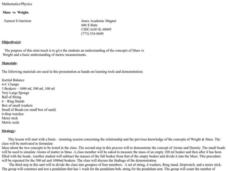

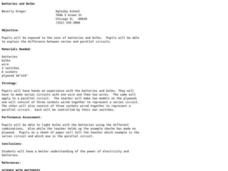




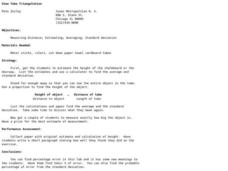
![Measured Progress: Performance Assessment Making a Comeback in Schools [Pdf] Article Measured Progress: Performance Assessment Making a Comeback in Schools [Pdf] Article](https://d15y2dacu3jp90.cloudfront.net/images/attachment_defaults/resource/large/FPO-knovation.png)

